Comprehensive Guide to Effective Culvert Repair Practices

Ensuring the longevity and functionality of essential water management systems is crucial for infrastructure sustainability. These systems play a vital role in directing water flow, preventing erosion, and safeguarding surrounding environments. An effective approach to addressing potential issues can significantly enhance their performance and reliability.
In this section, we will explore various methods and techniques aimed at restoring and enhancing these vital conduits. The focus will be on identifying common challenges, assessing structural integrity, and implementing solutions that not only address immediate concerns but also promote long-term resilience. The knowledge shared here will equip professionals with the tools necessary to maintain these structures effectively.
By adopting a systematic approach, practitioners can optimize their maintenance efforts and contribute to the overall health of the surrounding ecosystem. This guide serves as a resource for developing a comprehensive understanding of the strategies that ensure these critical components remain functional and efficient throughout their lifespan.
Understanding Culvert Importance
Effective management of drainage systems is crucial for maintaining infrastructure integrity and preventing environmental issues. These structures facilitate water flow, safeguarding roads and landscapes from erosion and flooding. Their significance extends beyond mere functionality, influencing ecological balance and community safety.
Key Roles in Infrastructure
- Facilitating water movement across roadways
- Reducing erosion risks in surrounding areas
- Supporting transportation networks
Environmental Impact
- Providing habitats for aquatic life
- Maintaining natural water cycles
- Contributing to flood management strategies
Common Types of Culverts
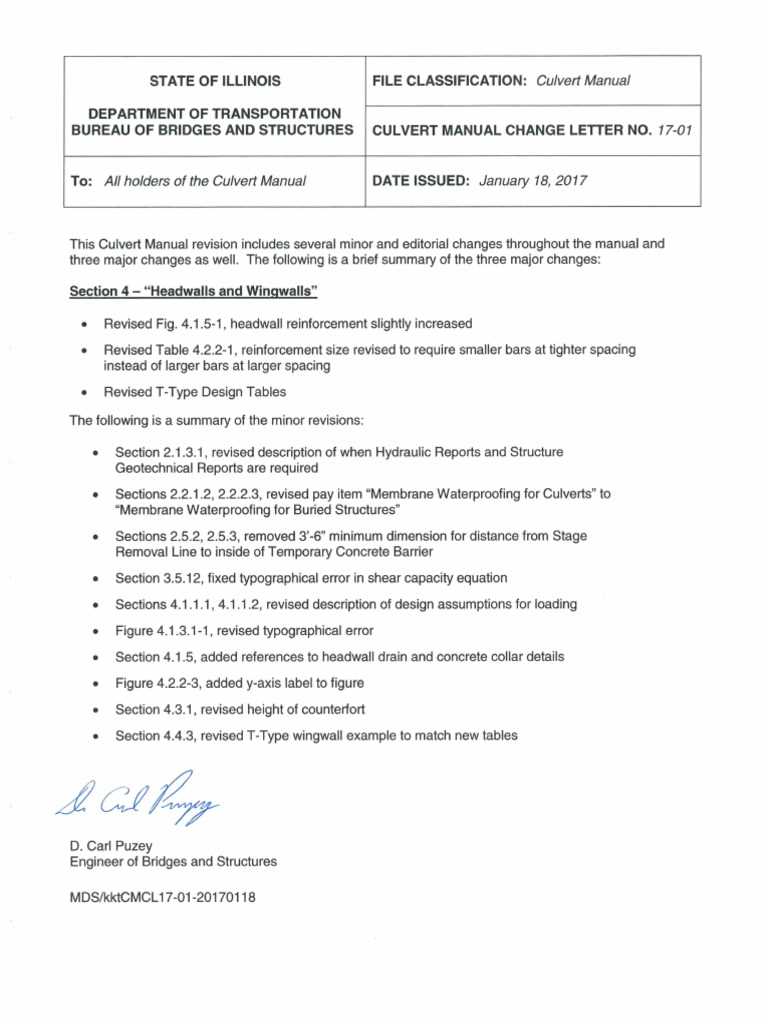
Understanding the various types of drainage structures is essential for effective water management in infrastructure. These structures serve to facilitate the passage of water under roads, railways, and other obstacles, ensuring the continuous flow and preventing potential flooding. Each type has unique characteristics that suit different environmental conditions and construction requirements.
Pipe Structures
One of the most prevalent designs is the pipe structure, typically made from materials such as concrete, steel, or plastic. These cylindrical conduits are favored for their ease of installation and ability to accommodate varying water flow rates. They are commonly used in smaller drainage applications where minimal interference with the surrounding landscape is desired.
Box Structures
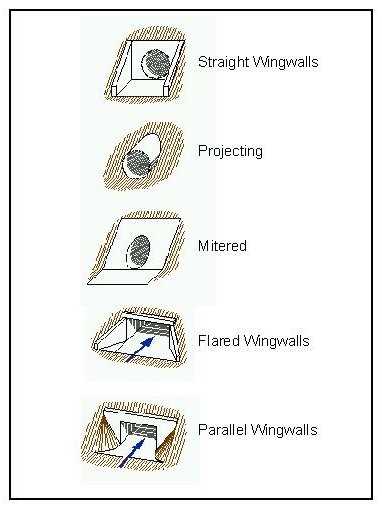
Box structures offer a robust alternative, designed as rectangular or square conduits. They are particularly advantageous in scenarios requiring larger flow capacities or where sediment control is crucial. The larger opening allows for more substantial debris passage, making them ideal for areas prone to accumulation of natural materials.
Choosing the appropriate type of structure is vital for longevity and functionality, as each option presents its own benefits and challenges based on site-specific conditions.
Signs of Culvert Damage
Identifying issues with drainage structures is crucial for maintaining infrastructure integrity. Observing specific indicators can help determine whether these systems require attention. Early detection allows for timely intervention, preventing further deterioration and ensuring effective water management.
Common signs that may suggest deterioration include visible structural anomalies, changes in surrounding landscape, and unusual water flow patterns. These symptoms can indicate underlying problems that need to be addressed promptly.
| Indicator | Description |
|---|---|
| Cracks | Visible fissures on the surface that can lead to water infiltration. |
| Settlement | Uneven ground or depressions around the structure, indicating potential subsidence. |
| Blockage | Accumulation of debris or sediment that disrupts normal water flow. |
| Erosion | Wear or loss of material around the outlet or inlet, affecting stability. |
| Odors | Unpleasant smells suggesting stagnation or decay, possibly indicating blockages. |
Monitoring these signs regularly can help maintain optimal function and extend the lifespan of drainage systems. Prompt action in response to any of these indicators can prevent more significant issues in the future.
Assessment Techniques for Repairs
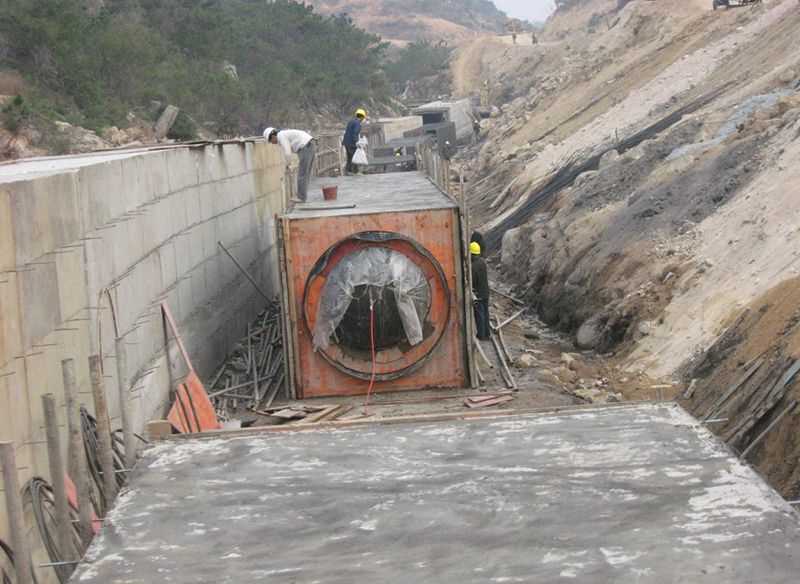
This section explores various methods for evaluating the condition of drainage structures, focusing on effective strategies to identify issues and determine the best course of action for restoration. Proper assessment is essential to ensure longevity and functionality, minimizing future complications.
Visual Inspection
One of the primary techniques involves a thorough visual inspection. This method allows for the identification of surface-level damage and potential weaknesses that may require attention.
Non-Destructive Testing
Another advanced technique is non-destructive testing, which utilizes technology to evaluate the integrity of structures without causing any harm. This approach helps to uncover hidden defects that may not be visible during standard inspections.
| Technique | Description | Benefits |
|---|---|---|
| Visual Inspection | Basic examination for obvious issues. | Quick and cost-effective. |
| Non-Destructive Testing | Advanced methods to assess hidden damage. | Preserves structure while identifying critical flaws. |
| Material Testing | Analyzing samples to determine material integrity. | Provides detailed information on durability. |
Materials for Effective Repairs
The selection of appropriate components is crucial for ensuring long-lasting solutions in structural interventions. Various substances and mixtures offer unique properties that can enhance durability, resilience, and overall performance. Understanding these materials and their applications can significantly influence the outcome of maintenance tasks.
Types of Materials
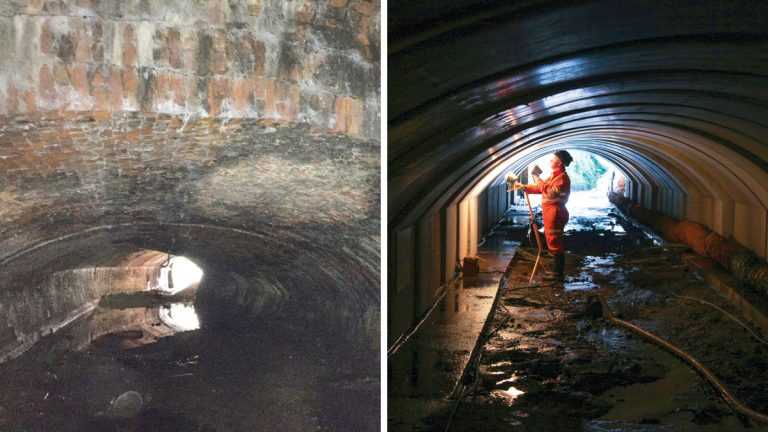
When addressing structural issues, common choices include concrete, asphalt, and polymer-based compounds. Each option brings distinct advantages; for instance, concrete is renowned for its strength and longevity, while asphalt provides flexibility under varying conditions. Polymer materials often offer excellent adhesion and resistance to environmental factors, making them ideal for specific scenarios.
Considerations for Selection
When choosing materials, factors such as environmental conditions, expected load, and compatibility with existing structures must be evaluated. Additionally, the ease of application and the time required for curing can impact the overall efficiency of the intervention. A thorough assessment ensures that the selected substances meet both functional and aesthetic requirements.
Repair Methods for Different Situations
Addressing issues in underground structures requires a thoughtful approach tailored to the specific circumstances at hand. Each scenario presents unique challenges that necessitate different techniques and solutions. Understanding the context and applying the most effective strategies is crucial for ensuring long-term stability and functionality.
1. Structural Integrity Compromise
When the structural integrity is in question, techniques such as reinforcement and grouting can be employed. Reinforcement involves adding materials to strengthen existing structures, while grouting fills voids and stabilizes the soil around the system, providing additional support.
2. Erosion Control
In cases where erosion threatens the surrounding environment, riprap installation and vegetative stabilization can be effective. Riprap consists of large stones placed strategically to absorb and deflect water flow, while vegetation helps bind the soil, reducing runoff and erosion.
3. Blockage Issues
For scenarios involving blockages, methods like flushing and excavation may be necessary. Flushing utilizes high-pressure water to clear debris, while excavation involves removing obstructions manually or with machinery, ensuring a clear pathway for water flow.
4. Infiltration Problems
When water infiltration becomes a concern, solutions such as sealing and installation of drainage systems can be implemented. Sealing involves applying impermeable materials to prevent water ingress, while drainage systems redirect excess water away from vulnerable areas.
5. Maintenance and Monitoring
Regular maintenance and monitoring play a vital role in preventing future issues. Scheduled inspections and timely interventions can identify potential problems early, allowing for proactive measures to be taken, thus ensuring ongoing functionality and safety.
Innovative Technologies in Repairs
The evolution of techniques for addressing infrastructure challenges has paved the way for cutting-edge solutions that enhance durability and efficiency. By integrating modern technology with traditional approaches, professionals are discovering novel ways to restore structural integrity and extend the lifespan of essential conduits. This section explores various advancements that are transforming the landscape of restoration efforts.
Advanced Materials
Recent developments in materials science have led to the creation of high-performance substances that offer superior strength and resilience. These innovative materials are designed to withstand harsh environmental conditions and reduce maintenance needs. Some examples include:
| Material Type | Benefits |
|---|---|
| Fiber-Reinforced Polymers | Lightweight, corrosion-resistant, and high tensile strength. |
| Self-Healing Concrete | Reduces the need for frequent interventions by repairing cracks autonomously. |
| Geosynthetics | Enhances soil stability and drainage, promoting longevity. |
Digital Monitoring Solutions
Integrating digital technologies into maintenance routines allows for proactive management of infrastructure. Sensors and drones provide real-time data and assessments, enabling timely interventions. Key features of these solutions include:
- Remote monitoring capabilities for hard-to-reach areas.
- Data analytics for predictive maintenance, reducing unexpected failures.
- Visualization tools that aid in planning and decision-making processes.
Environmental Considerations in Maintenance
When addressing infrastructure upkeep, it is essential to integrate environmental awareness into every stage of the process. This approach not only minimizes negative impacts on local ecosystems but also promotes sustainability. By considering the surrounding habitat and natural resources, we can ensure that our maintenance activities contribute positively to the environment.
Impact Assessment
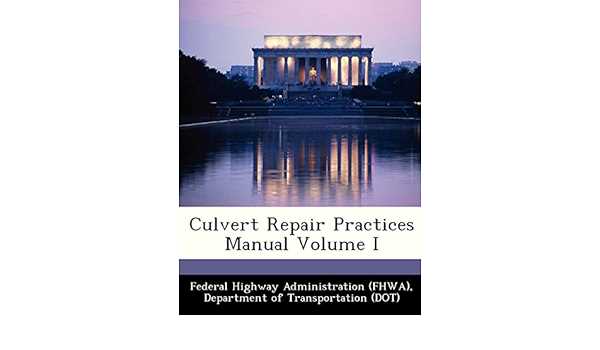
Before initiating maintenance tasks, conducting an impact assessment is crucial. This involves:
- Evaluating the potential effects on wildlife and plant life.
- Identifying sensitive areas that may require special attention.
- Assessing water quality and soil health in the vicinity.
Best Practices for Environmental Protection
Implementing effective strategies can significantly mitigate adverse effects. Consider the following best practices:
- Use eco-friendly materials and methods whenever possible.
- Schedule work during off-peak seasons to reduce disturbances.
- Implement erosion control measures to protect soil integrity.
- Monitor and manage waste to prevent pollution.
By prioritizing these considerations, maintenance efforts can align more closely with environmental stewardship, fostering a healthier ecosystem for future generations.
Regulatory Guidelines and Standards
The maintenance and enhancement of drainage structures are governed by a comprehensive framework of regulations and standards designed to ensure safety, efficiency, and environmental protection. These guidelines establish the necessary criteria for assessing condition, implementing upgrades, and complying with legal requirements across various jurisdictions. Adhering to these established norms is essential for effective management and long-term sustainability of such infrastructures.
Key Regulations
Several key regulations influence the management of drainage systems. These laws typically address design specifications, environmental impacts, and safety protocols. Compliance with these regulations is crucial for mitigating risks associated with flooding and ensuring the longevity of the infrastructure.
Standards for Assessment
Assessment protocols are established to evaluate the condition of drainage infrastructures. These standards guide the inspection processes, focusing on identifying potential issues that could impair functionality or lead to failures. Regular evaluations based on these criteria help maintain optimal operational conditions.
| Regulation/Standard | Description | Applicable Jurisdiction |
|---|---|---|
| Federal Water Pollution Control Act | Regulates discharges of pollutants and sets water quality standards. | United States |
| National Environmental Policy Act (NEPA) | Requires federal agencies to assess environmental impacts of their proposed actions. | United States |
| ASCE Standards | Guidelines developed by the American Society of Civil Engineers for design and maintenance. | Various regions |
| Local Environmental Regulations | Specific laws addressing regional environmental concerns and management practices. | Local jurisdictions |
Best Practices for Preventive Care
Effective maintenance is crucial for ensuring longevity and optimal performance of drainage systems. By adopting proactive measures, stakeholders can significantly reduce the likelihood of costly interventions and extend the life of infrastructure. This section outlines key approaches to foster resilience and mitigate potential issues before they escalate.
Regular Inspections
Conducting systematic assessments is essential for identifying early signs of deterioration. Frequent evaluations allow for the detection of blockages, structural weaknesses, or environmental factors that may compromise functionality. Documentation of findings aids in tracking changes over time, facilitating informed decision-making regarding necessary interventions.
Appropriate Maintenance Techniques
Implementing suitable maintenance strategies is vital for sustaining optimal conditions. Techniques such as debris removal, sediment management, and vegetation control help maintain clear pathways and prevent overflow. Additionally, ensuring proper drainage flow and addressing any erosion issues promptly can enhance overall system efficiency.
Cost Estimation for Repair Projects
Accurate financial assessment is crucial for any restoration initiative. Understanding the various components involved helps in formulating a comprehensive budget and ensuring the project’s success.
Key factors influencing cost estimation include:
- Materials required for the project
- Labor expenses associated with skilled workers
- Equipment and machinery rental costs
- Transportation and logistical considerations
- Permits and regulatory fees
To create an effective budget, follow these steps:
- Identify the scope of the work needed.
- Gather quotes from suppliers and contractors.
- Account for potential contingencies, usually 10-20% of the total budget.
- Review and adjust the budget based on project specifics and constraints.
By systematically evaluating these elements, stakeholders can achieve a realistic financial outline, facilitating informed decision-making throughout the process.
Case Studies of Successful Repairs
This section presents a collection of instances where effective restoration techniques have been implemented, showcasing the impact of innovative solutions and dedicated efforts in enhancing infrastructure integrity. Each example highlights the importance of strategic planning and execution in addressing challenges faced by drainage systems.
Project A: Urban Stream Rehabilitation
In a bustling metropolitan area, significant erosion threatened the stability of a vital drainage pathway. Engineers employed a combination of natural materials and advanced stabilization methods to reinforce the banks. By integrating native vegetation, the project not only restored the waterway but also improved local biodiversity. The outcome demonstrated a successful blend of environmental stewardship and engineering.
Project B: Rural Channel Enhancement
A rural locality faced issues with frequent blockages and inadequate flow. A comprehensive assessment led to the decision to implement a series of structural modifications, including the installation of larger conduits and strategically placed barriers to direct water flow. As a result, the community experienced fewer disruptions during heavy rainfall, illustrating the benefits of proactive infrastructure management.
Project C: Coastal Drainage Improvement
Along a coastal region, rising tides and storm surges had caused persistent flooding. Engineers devised an innovative approach by introducing adjustable sluice gates that regulate water levels based on tidal conditions. This solution not only mitigated flooding risks but also enhanced the overall resilience of the area against climate change effects. The project serves as a model for future coastal management initiatives.
These case studies emphasize the significance of tailored solutions in overcoming challenges associated with water management systems. Through careful planning and execution, communities can achieve lasting improvements that safeguard their infrastructure and environment.